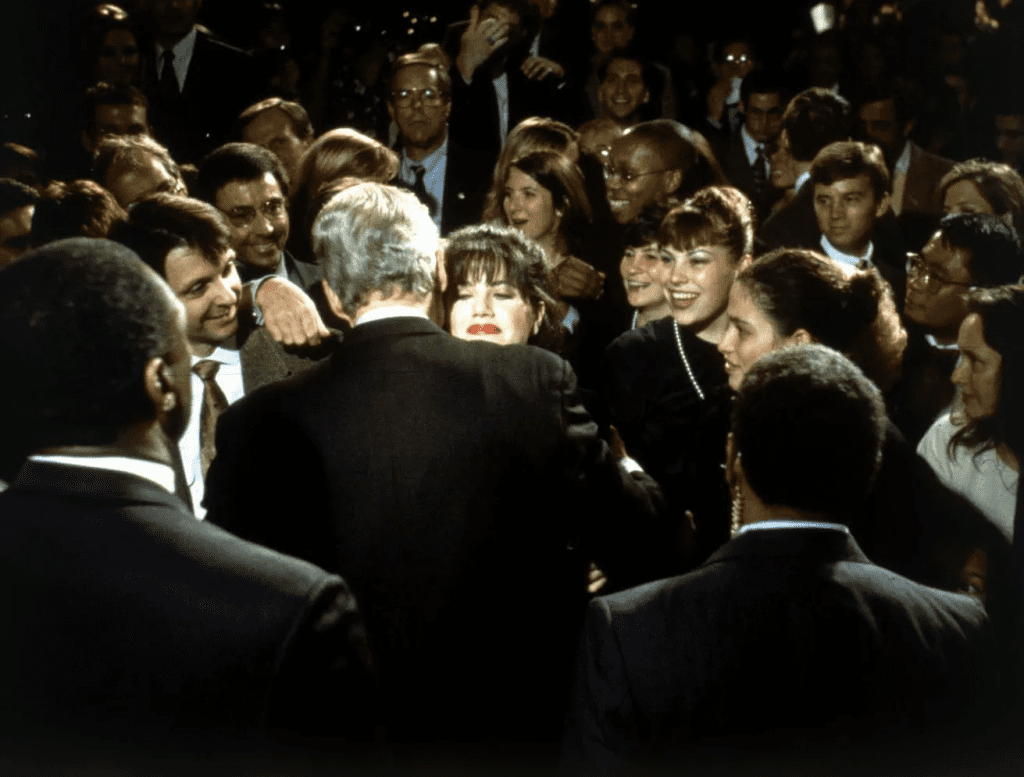It looks like any ordinary White House photo. A smiling President, a young intern, and the polished setting of political power in Washington, D.C. But behind that image lies one of the most explosive scandals in American history one that shook the foundations of the presidency and redefined public trust in government.
This wasn’t just about politics. It was about power, secrecy, and the private life of the most powerful man in the world being exposed to an entire nation.
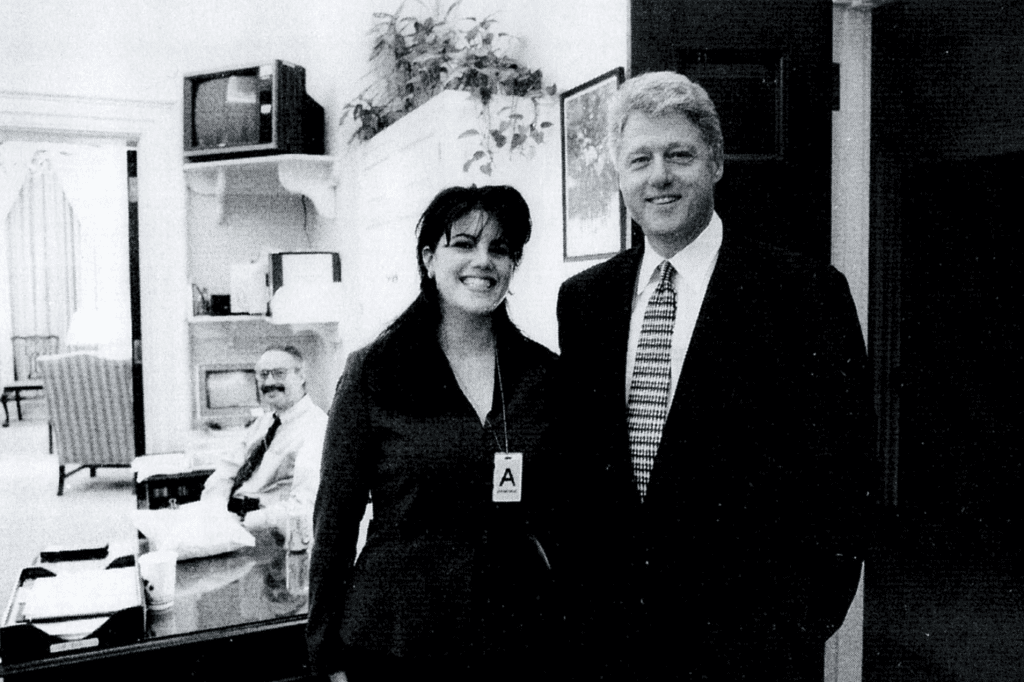
The Intern Behind the Image
In the mid-1990s, Monica Lewinsky was a bright, young, 22-year-old intern working in the White House. Like many ambitious students, she dreamed of a career in public service. But what started as a prestigious internship soon spiraled into something far more complicated and ultimately, historically significant.
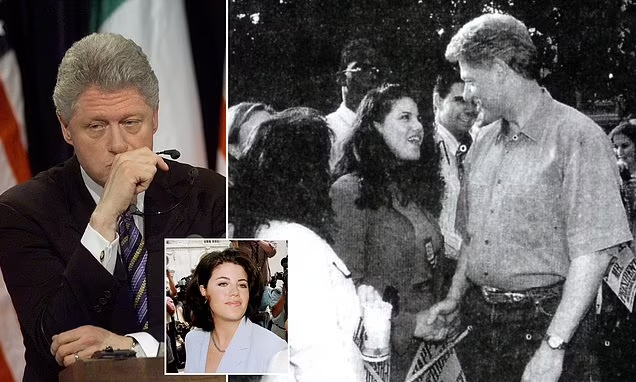
Lewinsky’s connection to President Bill Clinton began as a private relationship behind closed doors. However, it would soon become the center of a media storm, courtroom drama, and national reckoning with privacy, gender, and political integrity.
Video:
Monica Lewinsky on Early Flirtation with Bill Clinton | The Clinton Affair: Premieres Nov 18 | A&E
From Private Affair to Public Meltdown
At first, whispers of a relationship between the President and an intern were just that rumors. But things changed dramatically in January 1998 when news broke that Clinton had allegedly had an improper relationship with Lewinsky while in office. The allegations exploded into public view with help from an unlikely source: secretly recorded phone conversations and one infamous piece of evidence a navy blue dress.
The recordings were made by Linda Tripp, a former Pentagon employee and confidante of Lewinsky’s. Tripp had secretly taped their conversations, where Lewinsky spoke candidly about her relationship with the President. Those tapes became a key piece of evidence in the investigation.
And then came the dress allegedly bearing physical evidence that confirmed Lewinsky’s claims.
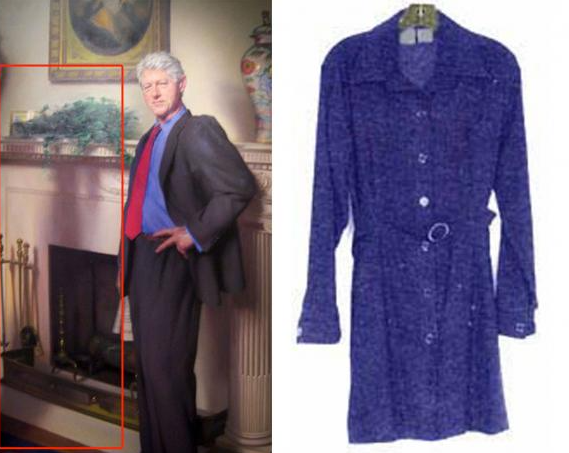
The Role of the Starr Report
Independent counsel Kenneth Starr, who had already been investigating Clinton on unrelated matters, expanded his inquiry into the President’s relationship with Lewinsky. His 445-page report, made public in September 1998, outlined graphic details of their encounters and accused Clinton of perjury and obstruction of justice.
This led to Clinton’s impeachment by the House of Representatives in December 1998 on charges of lying under oath and obstructing justice. Though he was later acquitted by the Senate and remained in office, the damage to his reputation and to the American public’s trust was profound.
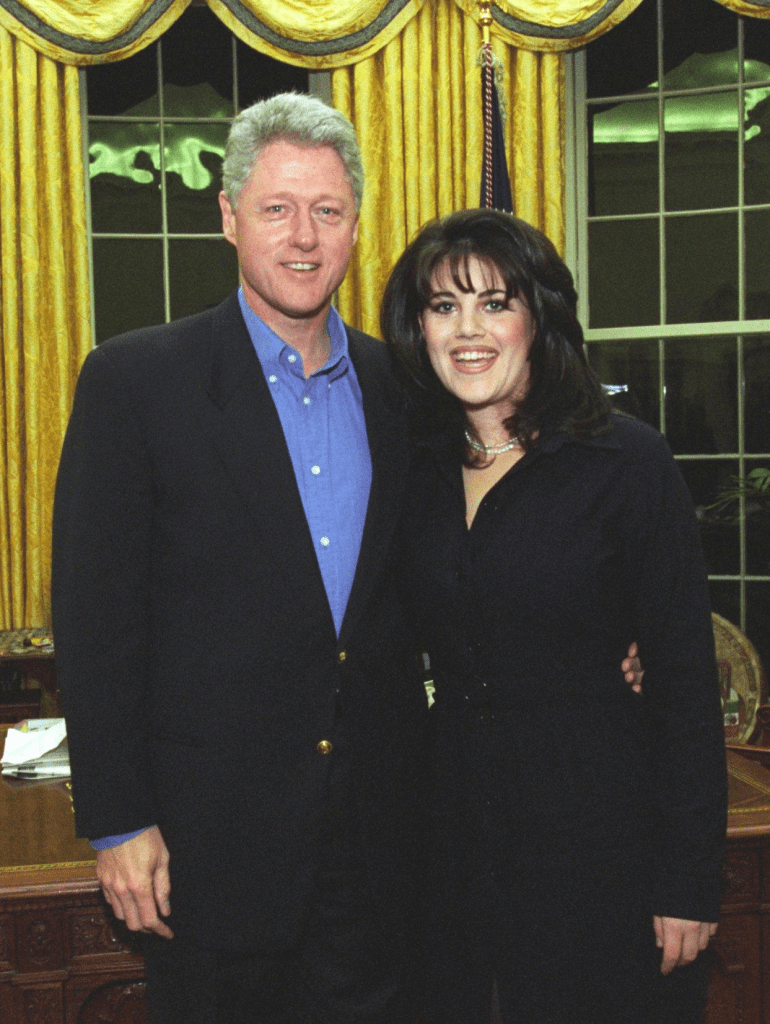
More Than Just a Scandal
What made this scandal so enduring wasn’t just the salacious details it was the national conversation it sparked. People debated everything from sexual ethics and media responsibility to feminism, privacy, and abuse of power. It also marked a shift in how personal behavior could impact public office in the digital age.
Video:
Monica Lewinsky Looks in Awe of President Clinton in Newly Surfaced Video
The scandal unfolded in real time on 24-hour news channels and early internet forums, setting the stage for how political scandals would be covered for decades to come.
Monica Lewinsky’s Redemption Arc
For years, Monica Lewinsky was vilified in the press reduced to headlines, punchlines, and tabloid ridicule. But time, perspective, and her own bravery helped reshape that narrative. Today, Lewinsky is a writer, anti-bullying advocate, and public speaker who has used her story to highlight the dangers of online shaming and the complexities of public forgiveness.
Her TED Talk on shame has been viewed millions of times, and she has been praised for reclaiming her voice and turning her pain into purpose.
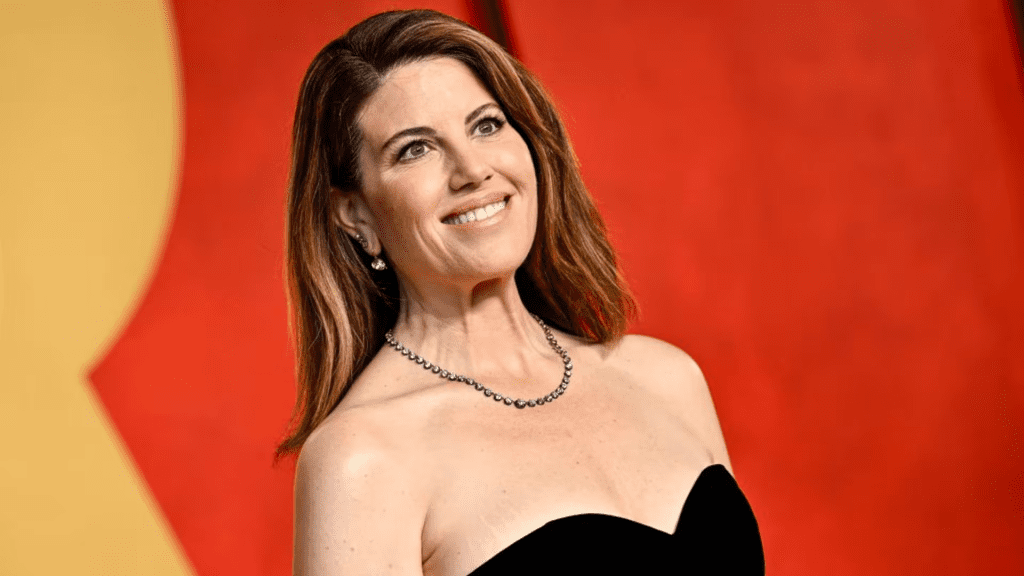
The Legacy of a Photo
That seemingly innocent photo Clinton and Lewinsky together at a White House event has become symbolic of more than just a scandal. It’s a visual representation of how a moment can alter history. It reminds us that behind every image lies a story, and sometimes, a reckoning.
What happened in the 1990s didn’t just change a presidency. It changed how we think about power, truth, and the price of secrets in a very public world.
